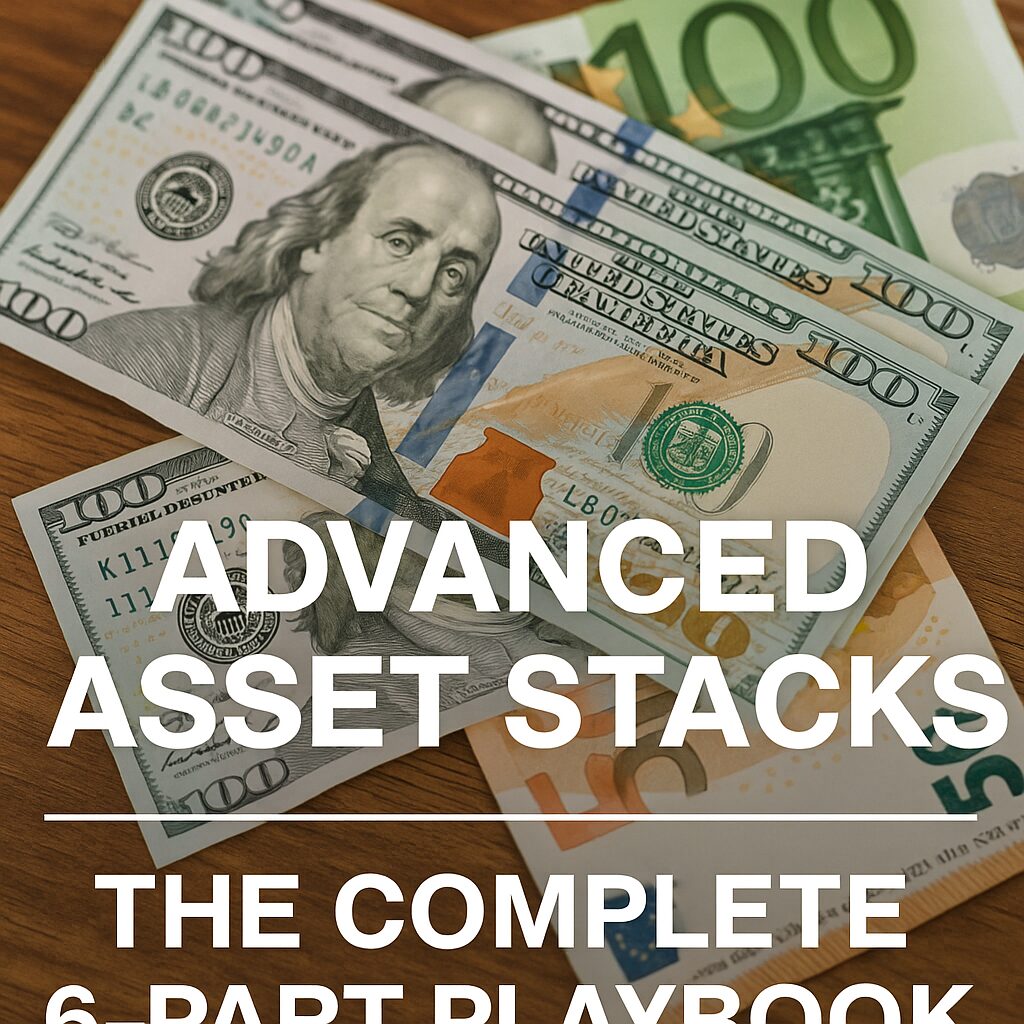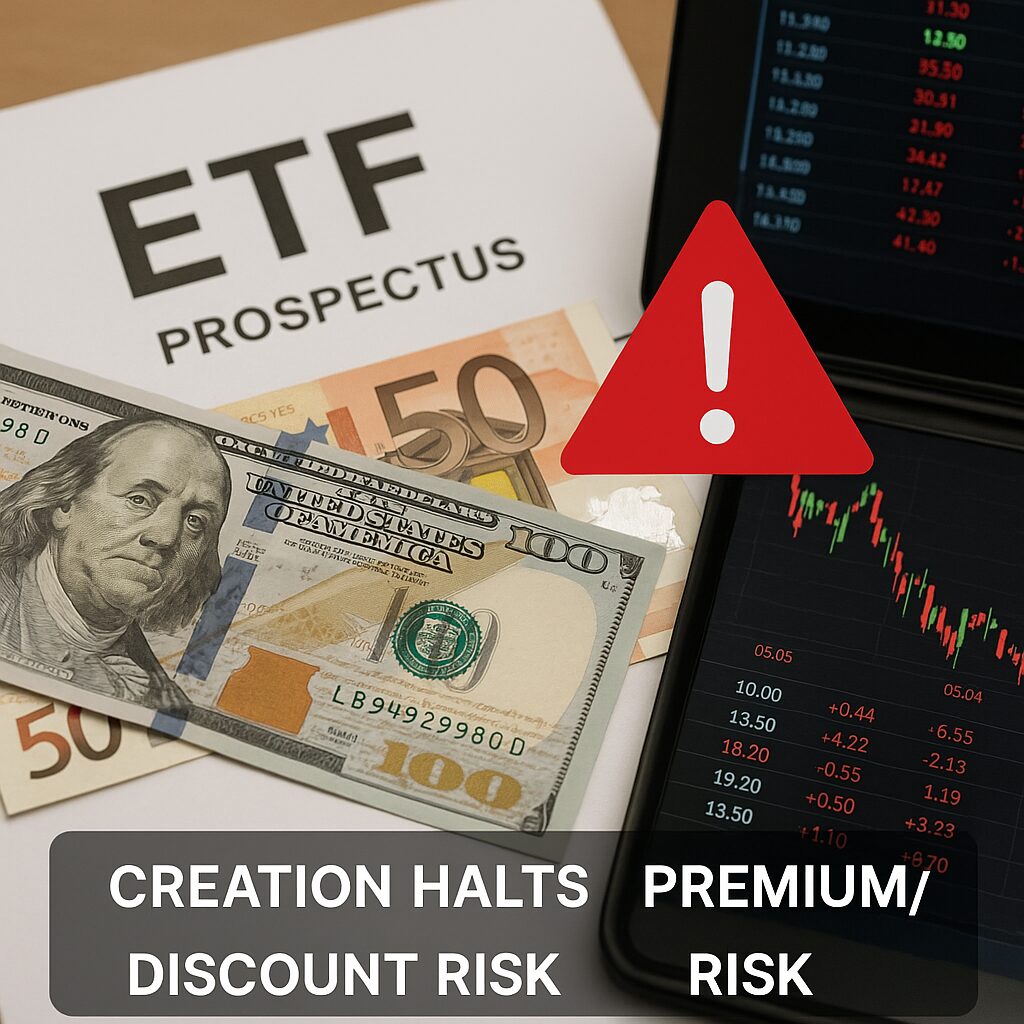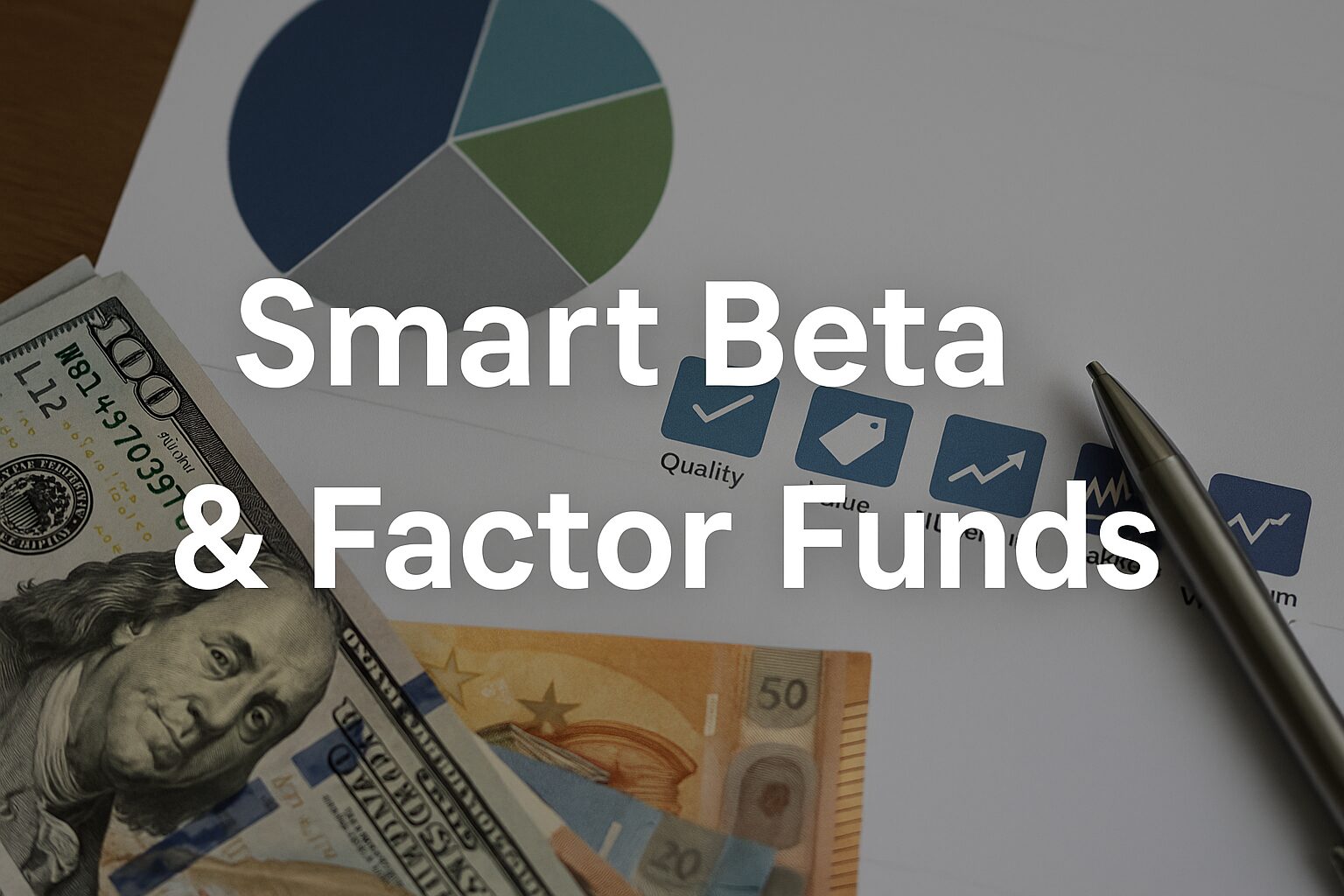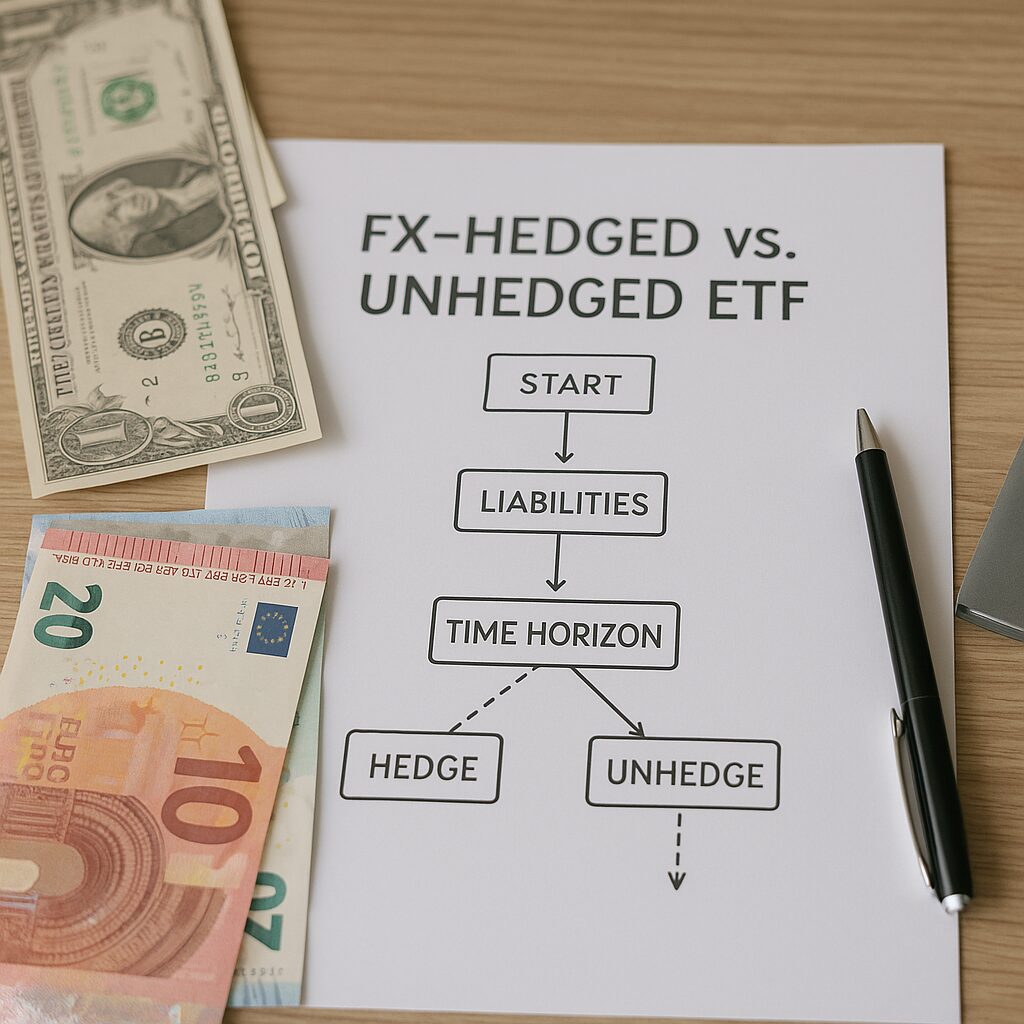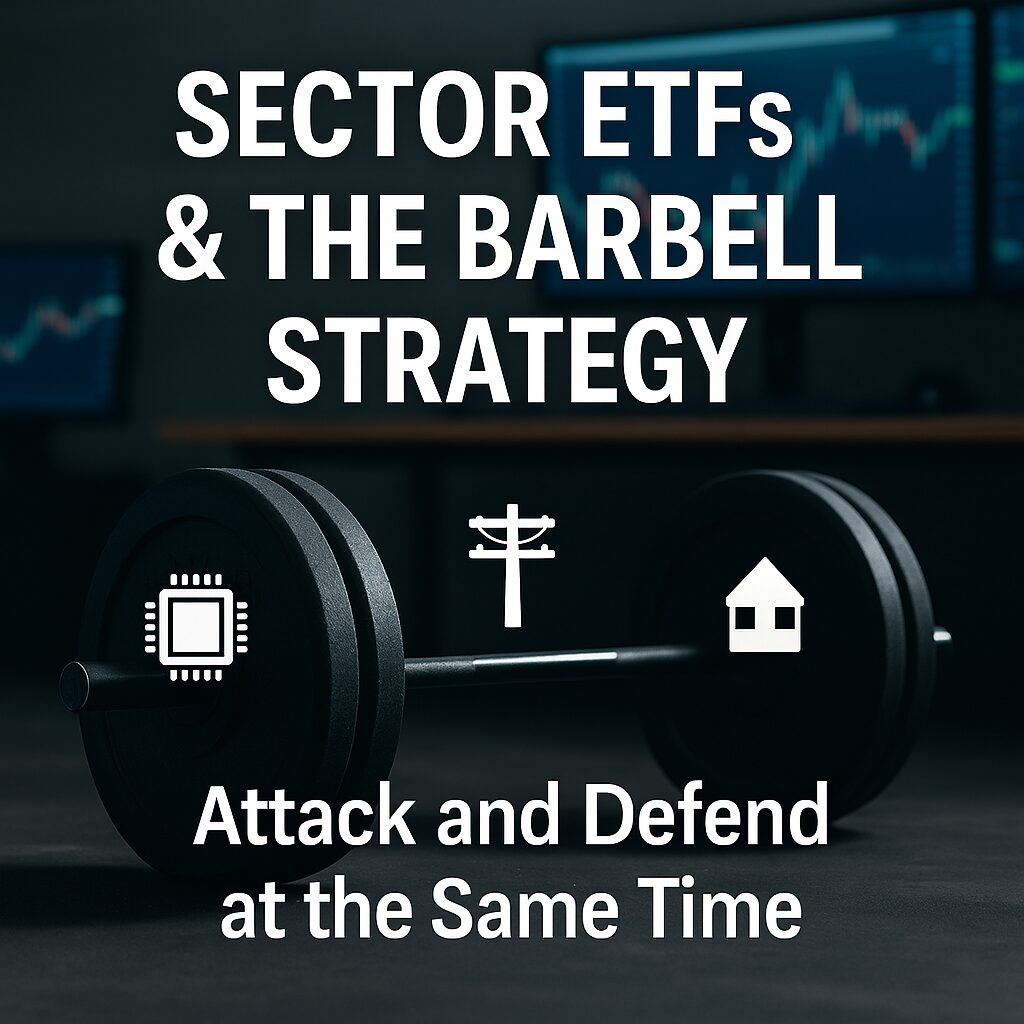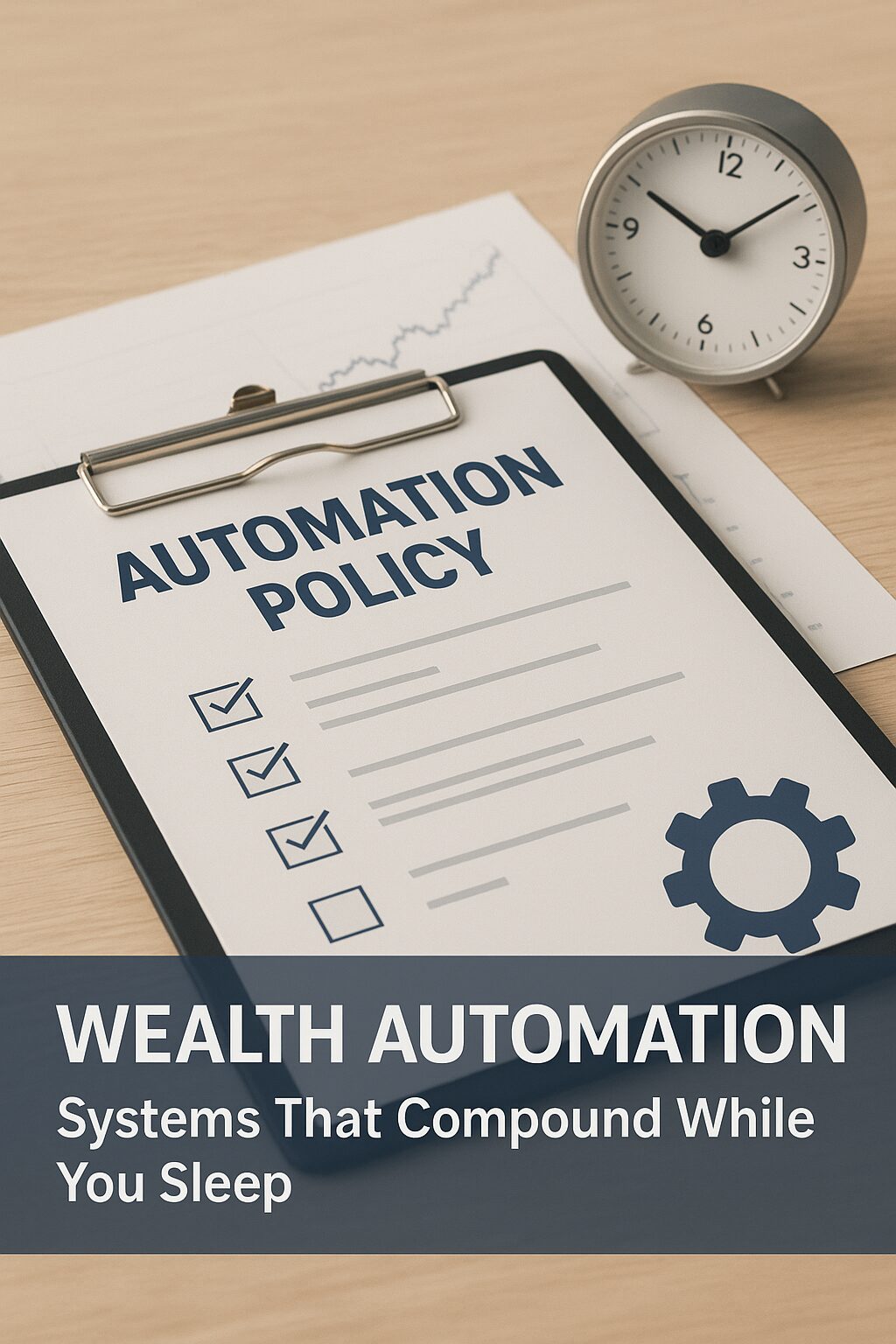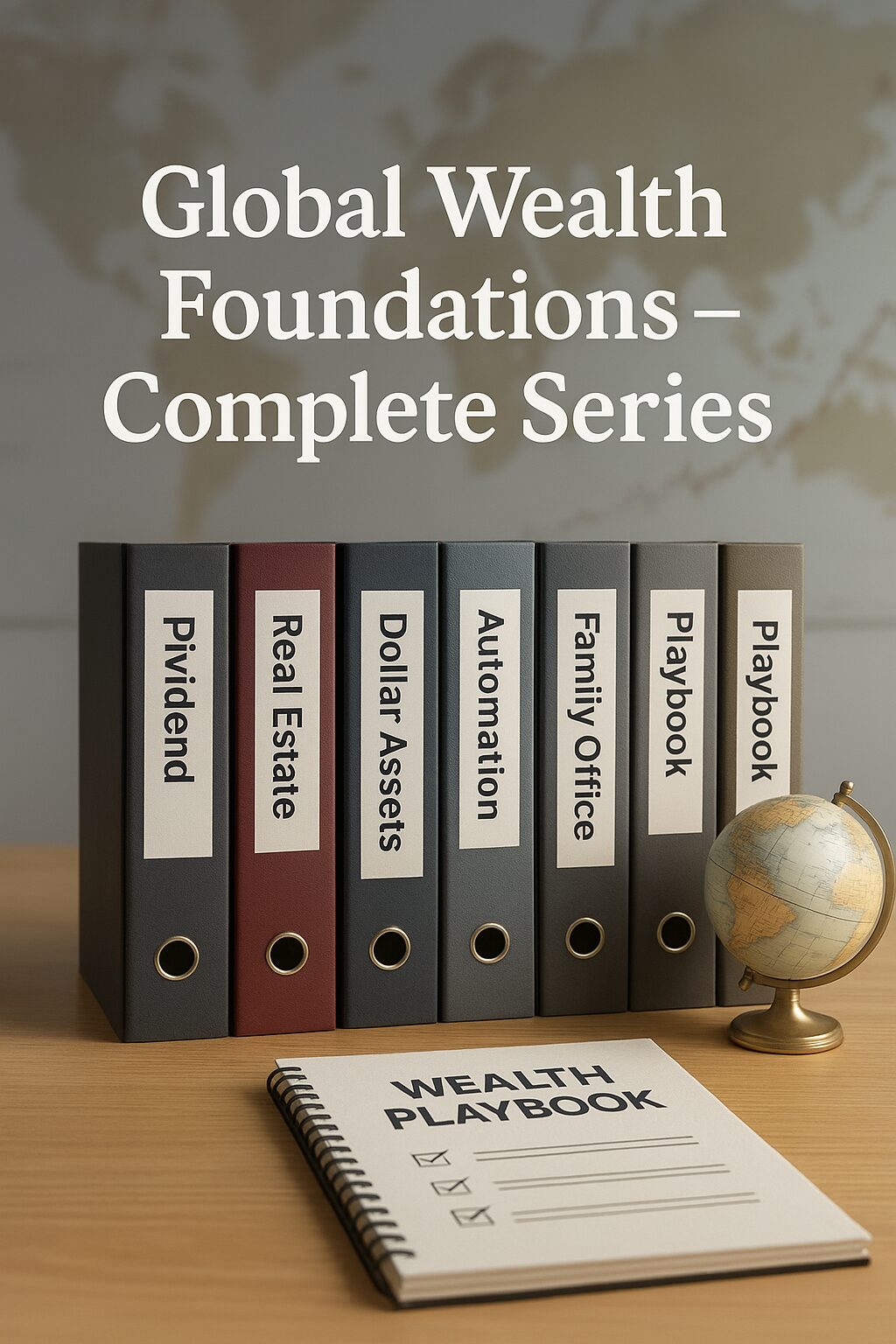The Age of Borderless Work
The 21st century has erased many traditional boundaries of work. No longer do careers depend on proximity to corporate headquarters or national borders. Today, a skilled professional can generate income from clients across five continents, often without leaving their apartment. What was once a fringe lifestyle is now mainstream: the borderless freelancer economy.
Governments have been forced to adapt. Over sixty countries now offer specialized visas for freelancers and digital nomads. These visas are not only convenient; they are part of a new geopolitical competition for mobile talent and foreign income. For freelancers, they represent more than a temporary residence permit. They are building blocks of an immigration portfolio — a deliberate strategy to combine legal residency, global banking, and long-term wealth compounding.
1. Why Nations Are Opening Freelance and Digital Nomad Visas
1.1 Foreign Currency and Capital Inflows
Freelancers provide governments with something invaluable: hard currency inflows without state subsidies. Unlike tourists, who spend a few weeks, or corporations, which demand tax breaks, freelancers inject money steadily and independently.
Example: A Canadian consultant earning $8,000/month from U.S. clients who relocates to Croatia spends that income on housing, food, and local services. Croatia earns euros without giving tax concessions to corporations.
1.2 Talent Diversification
Traditionally, immigration systems favored high-net-worth investors or full-time employees under corporate sponsorship. Freelancers occupy a middle ground: they are self-sufficient, skilled, and globally connected. By attracting them, governments gain access to specialized labor markets (IT, design, education, consulting) without the political controversy of mass immigration.
1.3 Remote Work Revolution Post-COVID
By 2021, over 40% of the global workforce had some remote work component. Freelancers, already native to digital platforms, became the backbone of this economy. Governments recognized that they could attract not just tourists but permanent, income-generating residents who work entirely online.
1.4 Demographic Pressures in Developed Economies
Aging populations in Europe, Japan, and South Korea require inflows of younger, working-age professionals. Freelancers bring economic productivity without large welfare costs. They consume, pay taxes, and often integrate, but remain financially independent.
1.5 Competitive Immigration Branding
Countries are now branding themselves not only as “tax havens” but also as talent havens. Estonia markets its e-Residency and digital nomad visa. Portugal promotes itself as the “California of Europe.” Dubai sells the promise of a tax-free hub. Immigration has become a competitive marketing strategy.
2. Historical Evolution of Freelancer Mobility
The freelance visa is the product of decades of transformation:
- 1990s — Corporate Gatekeeping: Visas were tied to employer sponsorship. Freelancers were invisible.
- 2000s — Outsourcing Boom: Remote work expanded via call centers and IT outsourcing, but freelancers often remained under tourist visas.
- 2010s — Digital Nomad Lifestyle: Coworking spaces and global payment platforms like PayPal and Stripe enabled nomadism, though legal gray areas persisted.
- 2020s — Institutionalization: The pandemic forced governments to accept remote work as permanent. Freelance visas were formalized worldwide.
3. Core Requirements of Freelance and Digital Nomad Visas
While every country sets unique conditions, several requirements appear consistently:
| Requirement | Typical Range / Expectation | Examples |
|---|---|---|
| Income Threshold | $2,000 – $4,000/month (varies widely) | Portugal: €820/month, Estonia: €3,504/month, Dubai: $3,500/month |
| Proof of Income | 6–12 months of contracts, invoices, or bank statements | Client contracts, tax returns |
| Health Insurance | Mandatory; $600–$1,200/year | Global health policies |
| Background Check | Clean criminal record, apostilled | FBI report, EU equivalents |
| Remote Work Proof | Must not compete with local job market | Letter from employer/client |
| Tax Residency Rules | Some neutral, others impose after 183 days | Portugal NHR (past), Spain (tax residency after 183 days) |
4. Strategic Value for Freelancers
Freelance visas are not lifestyle bonuses; they are strategic tools for building global wealth and legal stability.
4.1 Residency Pathways
Many visas allow transition to permanent residency. Germany (5 years), Portugal (5 years), Spain (5 years).
4.2 Tax Efficiency and Treaty Leverage
A freelancer can legally reduce taxation by choosing a jurisdiction with favorable treaties. Dubai offers neutrality, while EU states provide treaty networks.
4.3 Business and Client Credibility
With legal status, freelancers can:
- Open EU/US bank accounts.
- Register VAT numbers.
- Qualify for corporate contracts requiring legal residency.
4.4 Lifestyle Arbitrage
Earning in dollars or euros while living in affordable regions (Eastern Europe, Southeast Asia) multiplies savings.
4.5 Long-Term Portfolio Value
Immigration-friendly portfolios — contracts, tax returns, compliance logs — become evidence for future visas, banking, and even citizenship.
5. Case Studies: Countries Leading the Charge
Estonia — The Digital Pioneer
Income requirement: €3,504/month. One-year visa, Schengen access. Also offers e-Residency for entrepreneurs.
Portugal — The Affordable Gateway
D7 visa requires ~€820/month income. Low barrier, high acceptance. Pathway to EU permanent residency.
Germany — The Freiberufler Route
Targets liberal professions: designers, artists, consultants, engineers. Strong residency-to-PR pathway. Requires proof of demand (letters from German clients).
Dubai — The Tax-Free Hub
Income requirement: $3,500/month. Offers neutrality, world-class infrastructure, and international banking.
South Korea — F-2-7 Points-Based System
Evaluates freelancers by income, education, Korean proficiency. Provides long-term residency opportunities.
Spain — Digital Nomad Visa (2023)
Income requirement: €2,160/month. Offers reduced corporate tax rates, up to five years of residency.
Croatia — EU’s Rising Star
Monthly requirement: ~€2,200. Positioned as a Mediterranean low-cost hub.
Costa Rica — Rentista Visa
Requires $2,500/month guaranteed income. Attracts North American freelancers.
Japan — High-Skill Professional Visa
Not a freelance visa per se, but recognizes consultants and IT professionals with high earnings as long-term residents.
Canada — Self-Employed Program
For artists, athletes, and cultural professionals. Allows permanent residency with proof of substantial experience.
6. Risks and Pitfalls
Freelance visas offer freedom but carry risks:
- Tax Ambiguity: “Tax-free” promises often hide filing obligations. Many freelancers discover dual taxation risks.
- Banking Barriers: Visa approval does not guarantee bank account access.
- Renewal Fatigue: Many visas expire after one year. Renewal depends on consistent income proof.
- Hidden Costs: Document translation, apostille, lawyer fees ($1,000–$3,000).
- Rejection Triggers: Insufficient documentation, inconsistent income, unclear client base.
7. Strategic Playbook for Freelancers
Step 1 — Audit Your Position
- List all clients, contracts, and monthly income.
- Identify global vs. local income sources.
Step 2 — Build Documentation
- Create a portfolio folder with contracts, invoices, tax returns.
- Include notarized translations when necessary.
Step 3 — Match to Visa Programs
- Compare your profile to income thresholds.
- Prioritize programs that accept your freelance category.
Step 4 — Invest in Compliance Tools
- Use accounting software (Xero, QuickBooks).
- Secure international health coverage.
- Consult cross-border tax advisors.
Step 5 — Think Regionally
- EU visas = Schengen mobility.
- Dubai = GCC hub.
- Korea/Japan = East Asian access.
Step 6 — Create a Backup Plan
- Always prepare a second country application.
- Keep income proofs valid across jurisdictions.
8. Extended Case List (10 Realistic Examples)
- Case: Estonia — Developer building EU credibility with €3,600/month income.
- Case: Portugal — Writer gaining PR after 5 years with $2,000/month proof.
- Case: Germany — Designer securing PR through local client contracts.
- Case: Dubai — Consultant leveraging tax-free base for global banking.
- Case: Spain — Marketing specialist entering EU via €2,200/month threshold.
- Case: South Korea — IT consultant scoring F-2-7 residency with language proficiency.
- Case: Croatia — Copywriter saving 40% by earning USD while living locally.
- Case: Costa Rica — Educator sustaining residency with fixed $2,500 monthly.
- Case: Japan — Fintech advisor qualifying as high-skill professional.
- Case: Canada — Cultural consultant gaining PR through self-employed program.
9. Risk Simulation: What If Things Go Wrong?
- Visa Rejection → Remedy: Appeal with stronger contracts, notarized bank statements, and client references.
- Bank Account Denial → Remedy: Use fintech banks (Wise, Revolut) first, then reapply.
- Tax Double Payment → Remedy: Invoke tax treaties, hire cross-border tax advisor.
- Client Proof Failure → Remedy: Collect client letters in advance, build recurring contract structures.
Conclusion: Freelance Visas as Wealth Assets
Freelance visas are not short-term conveniences. They are assets within a wealth portfolio. They combine legal residency, tax strategy, and client expansion. When managed carefully, they act as compounding tools: every year of compliance builds stronger future applications, more banking access, and more trust from global clients.
For the modern freelancer, a visa is no longer just a stamp in the passport. It is a financial instrument — one that secures freedom, stability, and long-term prosperity.
📌 English Case List
(Condensed from above for end-of-article readers)
- Estonia — Developer’s EU entry.
- Portugal — Writer’s path to PR.
- Germany — Designer to PR.
- Dubai — Consultant’s tax-free base.
- Spain — Marketer securing EU.
- South Korea — IT consultant’s F-2-7.
- Croatia — Copywriter’s savings.
- Costa Rica — Educator’s rentista path.
- Japan — Fintech advisor as high-skill pro.
- Canada — Cultural freelancer gaining PR.
📌 Next Article Preview
In the next part of this series, we go deeper into the specific freelance niches that immigration programs favor.
Not all professions are treated equally. A digital designer may be welcomed, while a local market consultant may be rejected despite earning more. Immigration officers care less about your income figure and more about whether your skills fit their economic agenda.
👉 If you miss this guide, you risk misaligning your entire portfolio. You could spend years building contracts that immigration authorities disregard. But by identifying the right niches — IT, design, finance, consulting, education, and more — you’ll position yourself as a priority applicant, dramatically increasing your odds of approval and opening the door to long-term wealth mobility.

